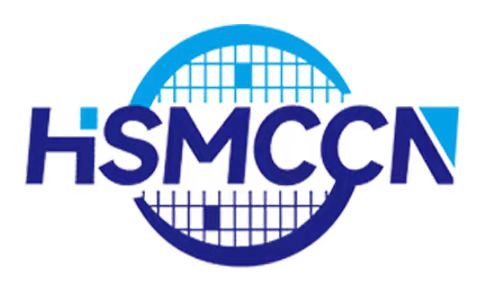The Evolution of the Leather Goods Industry: Embracing Sustainability and Innovation
Introduction
The leather goods industry has a rich history that dates back centuries, evolving from a necessity in early human civilization to a symbol of luxury and style in modern society. However, as global awareness of environmental issues and ethical considerations rises, the industry faces a pivotal moment. This article explores the current state of the leather goods sector, the challenges it faces, and the innovative trends shaping its future.
Historical Context
Leather has been used by various cultures for thousands of years, serving functional purposes in clothing, armor, and shelter. Over time, it transitioned into a material associated with wealth and prestige. From the fine craftsmanship of Italian leather goods to the exotic leathers of the Far East, the industry has flourished, driven by consumer demand for high-quality, durable products.
In the late 20th century, the leather goods market experienced exponential growth, with brands like Louis Vuitton, Gucci, and Prada dominating the luxury segment. However, this success came at a cost, as the environmental impact of leather production became increasingly apparent.
The Environmental Impact of Leather Production
Leather production is resource-intensive, requiring large amounts of water, energy, and chemicals. The tanning process, which transforms raw hides into usable leather, often involves toxic substances that can harm the environment. Additionally, livestock farming contributes to deforestation, greenhouse gas emissions, and biodiversity loss.
As consumers become more conscious of their environmental footprint, the demand for sustainable practices in the leather goods industry has surged. Reports indicate that around 66% of consumers are willing to pay more for products made from sustainable materials. This shift is prompting brands to reconsider their sourcing and production methods.
Emergence of Sustainable Alternatives
In response to the growing demand for sustainability, several brands are pioneering innovative materials that reduce the environmental impact of leather goods. Plant-based leathers, such as those made from pineapple leaves (Piñatex), apple waste, and mushroom mycelium, are gaining traction. These materials not only offer an eco-friendly alternative but also appeal to consumers seeking unique and stylish products.
Brands like Stella McCartney have long championed vegan leather, showcasing how luxury can align with ethical values. McCartney's commitment to sustainability has inspired other high-end brands to explore similar avenues, creating a ripple effect throughout the industry.
Transparency and Ethical Practices
Alongside the shift towards sustainable materials, transparency in the supply chain is becoming a critical focus. Consumers are increasingly demanding to know the origins of their products and the conditions under which they were made. Brands are responding by adopting more transparent practices, from sourcing raw materials to labor conditions in factories.
Companies like Everlane have built their reputation on radical transparency, revealing costs, materials, and production processes. This model not only fosters consumer trust but also encourages other brands to follow suit.
Technological Innovations
The integration of technology into the leather goods industry is revolutionizing production processes. 3D printing, for example, allows designers to create intricate patterns and reduce waste by producing items on demand. This technology also opens up new possibilities for customization, giving consumers the chance to personalize their leather goods.
Moreover, advancements in artificial intelligence (AI) and data analytics are enabling brands to better understand consumer preferences and optimize their inventory management. This results in less overproduction, further minimizing environmental impact.
Challenges Ahead
Despite the positive trends, the leather goods industry faces significant challenges. The transition to sustainable practices can be costly, and not all brands are willing or able to invest in new technologies or materials. Additionally, there is a perception that sustainable products are often of lower quality or less luxurious, which can deter some consumers.
Moreover, the prevalence of "greenwashing," where brands falsely claim sustainability to attract eco-conscious consumers, poses a risk. Consumers are becoming more discerning, and brands must genuinely commit to sustainable practices to build long-term trust.
The Future of Leather Goods
The future of the leather goods industry hinges on its ability to adapt to changing consumer values and environmental realities. As sustainability becomes a non-negotiable aspect of consumer decision-making, brands that embrace innovation, transparency, and ethical practices will likely thrive.
In the coming years, we can expect to see a continued rise in the popularity of sustainable materials, with more brands investing in research and development to create high-quality alternatives to traditional leather. Collaborations between established brands and startups focusing on sustainable innovation will also become more common, fostering a culture of creativity and progress within the industry.
Conclusion
The leather goods industry is at a crossroads, with sustainability and innovation shaping its trajectory. As consumers demand more from brands, the industry must evolve to meet these expectations while preserving its rich heritage. By embracing new materials, technologies, and ethical practices, the leather goods sector can forge a path toward a more sustainable and responsible future. The journey ahead may be challenging, but it also offers immense opportunities for growth, creativity, and positive impact on the planet.
As the industry continues to navigate these changes, the future of leather goods looks promising, blending tradition with innovation in a way that respects both craftsmanship and the environment.



